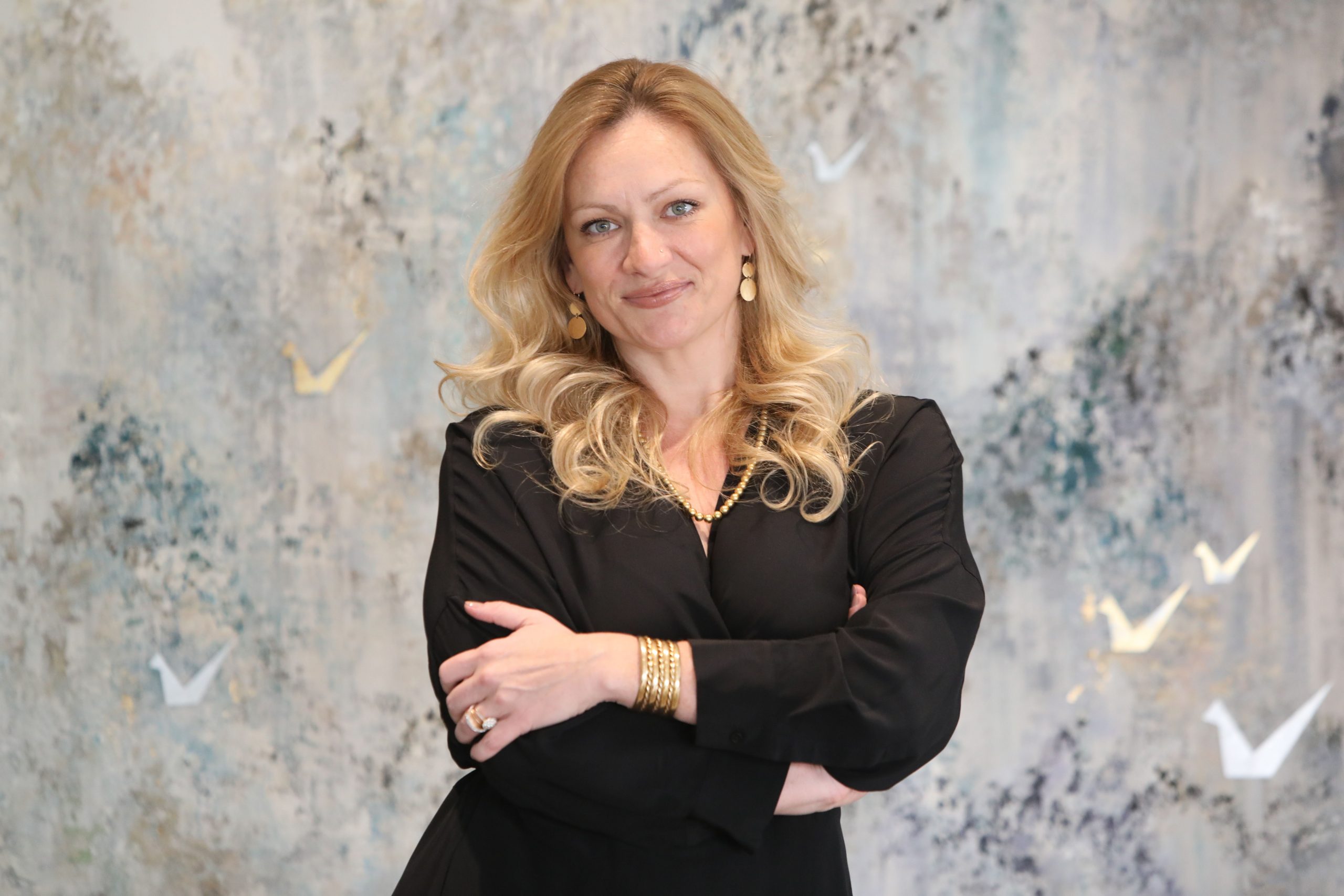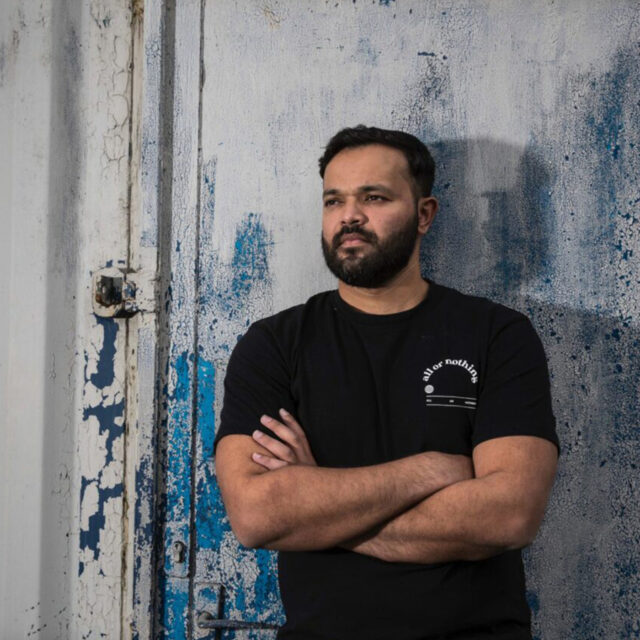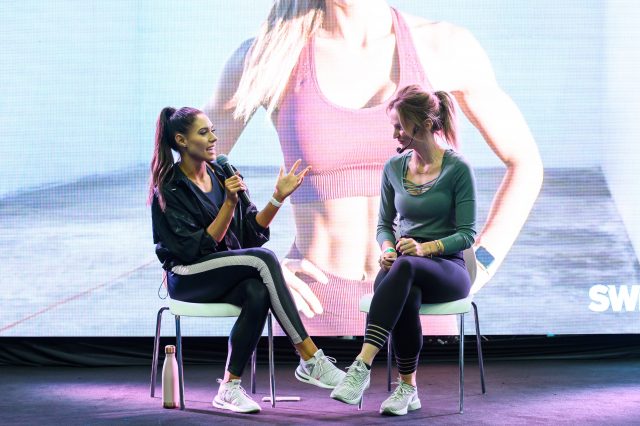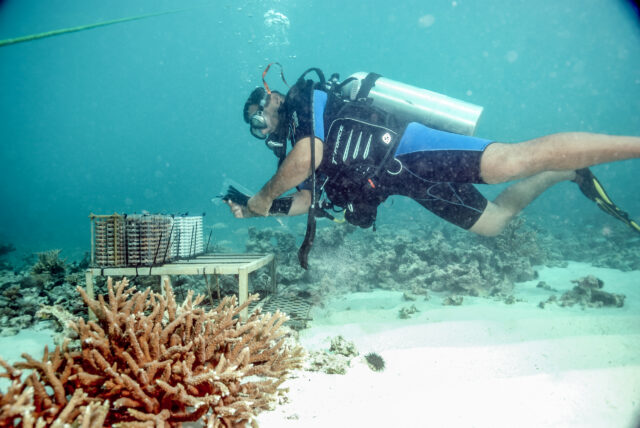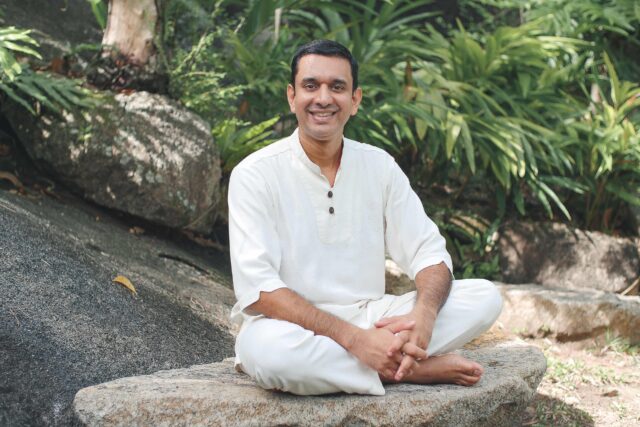Mary-Justine Todd is the founder and executive director of Shamsaha, the first and only 24 hours a day, seven days a week domestic violence crisis prevention program operating in the Middle East.
Shamsaha, which means “her sun” and launched in 2016, has 120 trained and certified women’s crisis advocates working in English and Arabic, with a new app that offers a wealth of information and research as well as text, phone and video crisis counseling.
Mary-Justine is a former humanitarian aid worker focused on gender-based violence for refugees and vulnerable populations, she has a master’s degrees in public health and international studies and is working on her PhD in international human rights law. She joined The Livehealthy Podcast to talk about domestic violence in the Middle East and the work her organization is doing to support women.
Can you tell us how the app works?
The Shamsaha mobile phone application is designed to take everything that we need to do for victims of abuse online onto this app for a streamlined experience. We provide emotional, informational and logistic support for victims of domestic violence, sexual violence, trafficking, anything of a gender violence nature, as well as sort of an expanded service mandate for housemaids who might be experiencing any form of abuse.
If you have been abused or are facing any sort of harassment or violence, you can download the app and you have a few different choices. First of all, you can just look and see the information that’s there and try to maybe make decisions for yourself and decide how to go forward because, for example, we have listed all the laws and legislations surrounding this issue for the different GCC countries. We have a list of resources available. For example, all the diplomatic missions are there, all the police stations, hospitals, lawyers, therapists. All of the logistic information you might need is there.
Then we also have something called survivor support tools, which is a bank of information that can help you, for example, identify, ‘is what I’m going through actually abuse’ or is it not? What’s happening to me? It’s just some sort of educational tools for survivors. That’s the first chunk of things which, I guess, you can call self-help.
Then the second category is the direct and immediate crisis line. You can contact us app-to-app chat, app-to-app calling, app-to-app video calling, or also if you don’t have a smartphone you can just dial a regular phone number and it will ring into our app on our side of it.
What impact does this help have on people?
What we know from public health research is that the number one predictive factor of whether or not a victim of any form of trauma will develop post-traumatic stress disorder is the immediate care and attention that they receive within 24 hours following the incident. Actually, the crisis support, it’s not just a fluffy, happy, nice thing to do, but actually has really, really concrete positive health and psychological outcomes for victims in order to prevent the onset of this mental health crisis.
Another thing to consider is there’s research that shows 50 percent of trauma victims, whether that’s domestic violence or violence in a conflict, or generalized violence like a street mugging, any type of this violence crisis, approximately 50 percent of survivors develop post-traumatic stress disorder. Now, there’s other data that shows 50 percent of people who suffer from PTSD will become unemployed within a year. Actually, if you think about it, there is a really profound effect that someone just on the other line of the phone saying, ‘I’m really sorry that this is happening to you. You don’t deserve this’, can have.
Do you have data to share from the region?
Right now there’s 227 million women living in the MENA region. One in seven of that number will experience domestic or sexual violence this year. The global average is one in three in a lifetime, but what the United Nations estimates is that in a year in this region, one in seven women. There’s 227 million women living in this region. That means approximately 32 million women will be victimized this year. If 50 percent of them develop PTSD and 50 percent of them lose their job, we’re talking about eight million job losses in the next year, directly as a result of violence against women. There’s really, really concrete, not only familial and society, but economic benefits to having this kind of program available for MENA.
In Bahrain, in the last 12 months, we’ve served about 1,600 cases. We just launched the app, so I don’t have full data yet. I can say though since we’ve launched– I don’t know the exact geographical breakdown of this, but we have 7 to 10 cases per day coming in now. That’s an increased number. We’re, like I said, just ramping up, and in the next couple of months we’re going to see the numbers grow.
Again, we want to see the numbers grow, not because the prevalence of violence is growing but because the people who are getting help are growing.
What is the best way to speak to someone going through this?
The key tenet is never ever ever give advice. Only give information. Never tell people what to do. They ask. They’ll say, ‘What should I do? What should I do?’
First of all, this is a very, very diverse region, and we are in no position to know what is best for somebody and her family. We come from different cultures, different religions, different socioeconomic backgrounds. It would be irresponsible and unethical of us to tell them what to do. Secondly, if you start telling somebody what to do, what you’re actually doing is the same thing that a perpetrator of abuse is doing; is taking away their power. What we do is give information; all the information they need. We dole it out in a way that they can digest. It’s not all that barrage of information, but we give it to them as needed, or as we think appropriate, so they can make informed decisions.
What happens is then we start to plant a seed of confidence. A seed of awareness in them that they have decision-making authority over themselves. That they are capable of making wise decisions for themselves. Because only then, if and then in months or years later they feel confident enough and strong enough inside, could they actually make a big decision to make a change in their life. If I say to someone, ‘Just leave him. Just leave him’, A, she’s not going to. Nobody listens to advice; it doesn’t matter who you are. Nobody follows advice. People do what they want to do when they’re ready to do it.
B, if she doesn’t do it, now she’s going to feel like she’s letting me down. She’s disappointed me. She’s not going to come back to me for help. C, imagine this is a friend or family member. You’re going to think to yourself, ‘Argh, I told her. She’s constantly going back to him. All she needs to do is leave him’. Then the helper or the friend or the volunteer is going to develop what we call compassion fatigue. She’s going to be sick of it. But if you don’t say those things, you just say, ‘I’m here to listen. It sounds like this is really difficult. You don’t deserve this. Let’s look and see what maybe your options are. If you did this, here are the pros and cons. If you did this thing, here are the pros and cons’.
How else can we help?
If a woman tells me she needs to go back home and I think it’s a dangerous home, we might say, ‘I understand you need to get home right away. We’re going to get you a taxi, we’re going to get you home ASAP, but before you go I want you to know I’m concerned about your safety. Let’s talk about this in case it happens again, what you can do to stay safe.” Then we will go through what’s called a comprehensive safety plan in order for them to think through, ‘Okay, what are the steps I need to do? Do I have a go kit prepared?’ Like a little bit of money, phone numbers written down, important IDs, and things like that.
Prepare a go kit, talk to their children, maybe get a code word with their children, have somebody on speed dial, a neighbor or a friend they can trust. There’s different techniques. If a fight starts happening, take the fight out of the kitchen and get it in the bedroom. Why? Because the kitchen is full of weapons. There are things. We will express concern, but we’re not going to say, ‘Don’t go back home’. Let’s remember one thing. Nobody knows how to stay safe more than the victim, because she’s still alive and she’s still just there. You have to respect that.
Can you talk about the cycle of abuse?
It’s a well-established cycle. It has three phases. Let’s start with the tension-building phase. Small fights start to happen. An abuser is enforcing trivial demands, making ridiculous requests, so keeps the victim feeling like walking on eggshells. Then they get to the explosion phase. That’s when the violence actually happens, but immediately following that is the honeymoon phase. ‘I’m so sorry. Please, I love you. I’ll never do it again, I promise. I promise. Please don’t leave, da da da da da’, and people want to believe them. Well, wouldn’t you? I would want to believe that it wouldn’t happen again. You don’t want to leave them.
Then slowly it gets to the tension-building phase and around and around and around it goes. What’s complicated is that it can take years to complete that first cycle because you’re not going to get beat up on your first date, otherwise you’d never go back, right? Maybe it happens once right after you get married and it takes another two years for it to happen again, but by now you’ve got kids, you quit your job. Everybody watched you walk down the aisle. Everybody knows how humiliating and difficult that would be to make that decision and say, ‘I was wrong. Look what happened to me’.
What we know though actually is every time the cycle completes, the next time it gets shorter and shorter. After 10 or 15 years the cycle will be completed every single day. Around and around and around.
